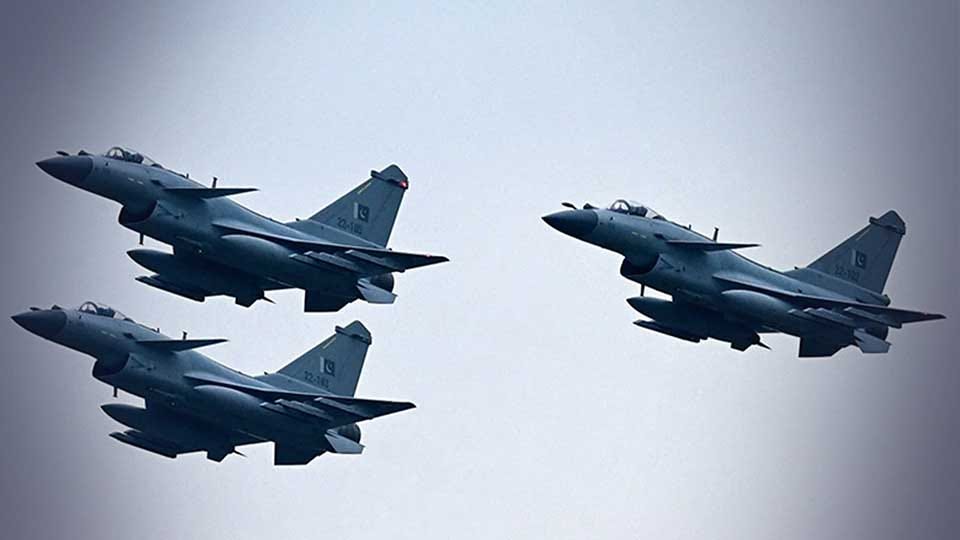There was a palpable sense of euphoria in China this weekend as Chinese-made J-10C and JF-17 fighter jets saw combat for the first time over the disputed Kashmir region — and performed impressively.
The J-10C’s successful use of electronic jamming and reports of downing several Indian Air Force Rafale jets (the exact number remains disputed) were widely celebrated in Chinese media. Many likened the moment to another "DeepSeek Moment" — a reference to China’s growing confidence in its domestically developed technologies.
But beneath the excitement was also a deep sense of relief. These jets had never been tested in actual combat, and despite public bravado, few could say with certainty how they'd perform under pressure.
Like DeepSeek, which was developed using a foundation of U.S. technology, the J-10C and JF-17 incorporate a significant amount of stolen or reverse-engineered intellectual property from the U.S. and Europe. Melding this "acquired IP" with Chinese domestic innovation has posed serious challenges, particularly in achieving true interoperability across systems.
Now, it appears China has succeeded — and the world should take note.
But the story isn’t just about the fighter jets. Pakistan’s military showed this weekend that buying equipment piecemeal — jets from one country, radar from another, missiles from yet another — may no longer be a viable strategy.
Instead, Pakistan, which sources 81% of its military equipment from China, benefited from a fully integrated combat ecosystem. Its Air Force, jets, ground forces, and electronic warfare systems all operated on the same platform, giving commanders real-time battlefield awareness and seamless coordination.
It’s a lot like the iPhone advantage: when one company controls both the hardware and software, the system just works.
And just as the U.S. once assumed it had unbeatable leads in phones, cars, and AI, it may now be waking up to a new reality — China is closing the gap in military tech too.




Ah yes, best of breed vs. integrated suite.
Same considerations in enterprise IT are playing out in defense sector. The issue being the ego of the country's indigenous defense sector - seems like often it is best to defer to the few that can afford to integrate inter operable systems versus taking on the integration effort (and failing to get results).